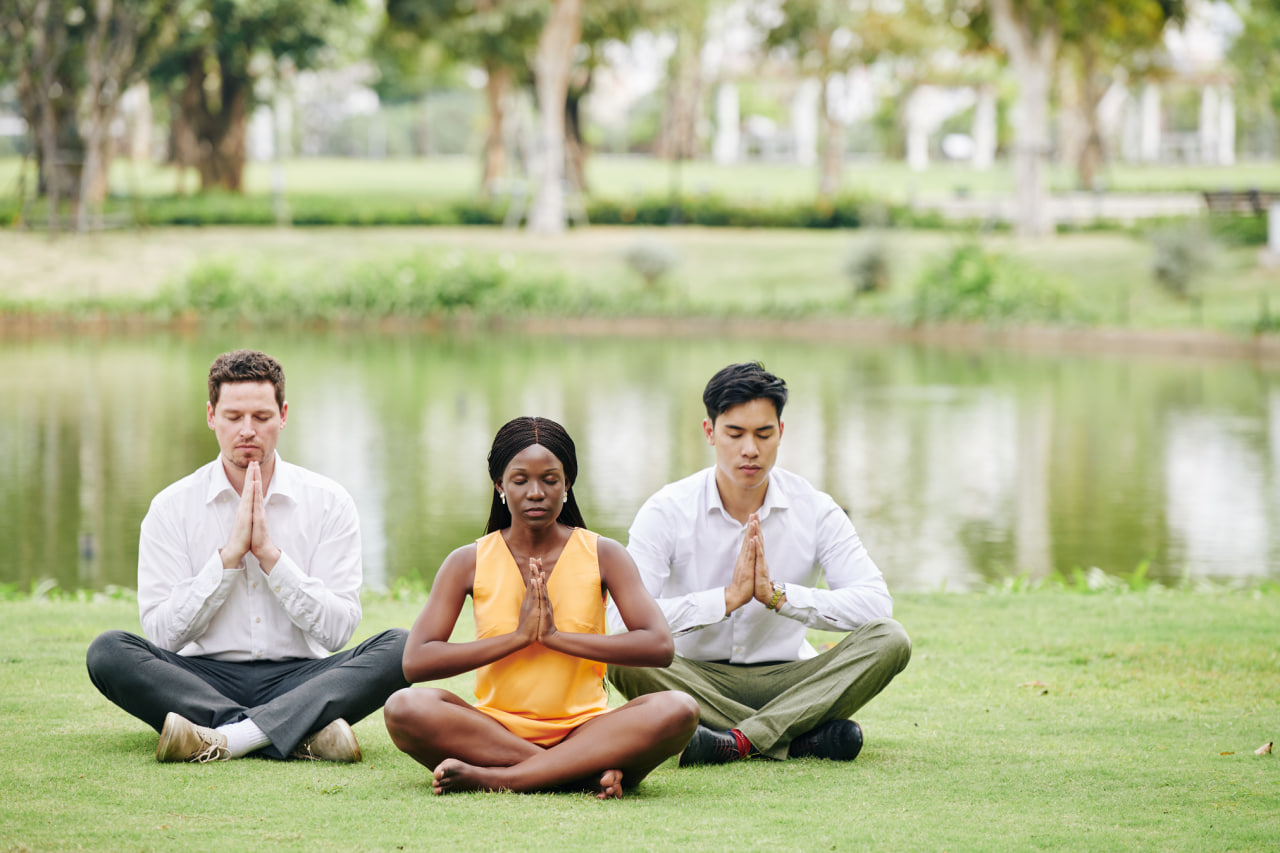Building a Home Practice: Turning Space into Sanctuary
Creating a personal yoga and meditation practice at home is more than a matter of convenience—it is a powerful way to cultivate consistency, presence, and inner calm. While attending classes or retreats offers guidance and community, establishing a home practice allows individuals to shape a sanctuary that reflects their own rhythm, preferences, and intentions. A dedicated space and mindful approach transform ordinary surroundings into a haven for focus, relaxation, and self-discovery, offering benefits that extend far beyond the mat.
The Importance of a Personal Sanctuary
A home practice begins with intention. In a world filled with distractions, carving out a space for yoga and meditation signals a commitment to oneself. This physical and mental boundary fosters focus, supports routine, and encourages the development of a deeper, more meaningful practice.
Sanctuary is not defined by size or aesthetics; even a small corner can become sacred when approached with care. What matters most is the creation of an environment that minimizes distractions, inspires presence, and reflects the values of calm, simplicity, and mindfulness. By dedicating a space to personal growth, practitioners reinforce the importance of prioritizing self-care and balance in everyday life.
Designing Your Home Practice Space
The physical layout of a home practice space significantly impacts the quality of practice. Natural light, fresh air, and a clutter-free environment support both concentration and relaxation. A simple yoga mat, a few cushions, or a blanket for meditation can create comfort without overwhelming the senses.
Incorporating elements that appeal to the senses can enhance focus and serenity. Soft lighting, calming scents, or gentle background music fosters relaxation and signals the transition from daily activity to mindful practice. Objects such as plants, candles, or artwork can create a visual anchor for presence, but the space should remain flexible, adaptable, and free of unnecessary distractions.
Organization and accessibility are key. Keeping props, mats, and meditation cushions readily available encourages consistency, while maintaining cleanliness and order reinforces the sense of a sanctuary. Over time, this space becomes more than a location—it becomes a physical embodiment of mindfulness and intention.
Establishing a Routine
Consistency is the foundation of any effective home practice. Scheduling sessions at the same time each day, whether morning, midday, or evening, helps integrate yoga and meditation into daily life. Even brief sessions, as short as ten or fifteen minutes, offer measurable benefits when practiced regularly.
A well-structured routine balances movement, breathwork, and stillness. Yoga asanas prepare the body, release tension, and cultivate strength, while pranayama and meditation center the mind, regulate emotion, and foster clarity. The combination of these elements ensures that the practice addresses both physical and mental well-being.
Adaptability is essential. Life is unpredictable, and a home practice must accommodate changes in schedule or energy levels. Adjusting the length or intensity of practice, or shifting the focus from movement to meditation on certain days, helps maintain consistency without creating stress or pressure.
Cultivating Mindfulness and Intention
A home practice thrives on mindfulness. Beyond performing postures or breathing exercises, practitioners are encouraged to bring awareness to each movement, sensation, and thought. This attentiveness deepens the mind-body connection, strengthens concentration, and enhances the overall quality of practice.
Setting intentions at the beginning of each session reinforces purpose and focus. Whether the goal is stress relief, increased flexibility, or emotional balance, intentions guide the practice and align it with personal values. Journaling reflections after practice can further reinforce mindfulness and track progress over time.
Tools and Props for Enrichment
While a home practice can be minimalist, certain props enhance comfort and effectiveness. Yoga blocks and straps assist with alignment and accessibility, while bolsters and blankets support restorative poses. Meditation cushions or chairs provide stability and comfort during seated practice.
Digital resources, such as guided videos or apps, can supplement learning, especially for beginners. However, practitioners should use these tools as guides rather than dependencies, gradually developing the ability to practice independently and intuitively.
Integrating Mindfulness into Daily Life
The ultimate goal of a home practice is not confined to the mat or cushion; it extends into daily activities. Mindful breathing, gentle stretches, and brief pauses during routine tasks cultivate awareness throughout the day. By treating each action—from washing dishes to walking to work—as an opportunity for presence, practitioners reinforce the lessons of their home practice.
This integration transforms ordinary living spaces into ongoing sanctuaries of calm. Awareness, balance, and intention become part of everyday life, reducing stress, improving focus, and promoting emotional stability.
Building a Sustainable Practice
Sustainability is key to long-term benefits. A home practice should be enjoyable, manageable, and tailored to individual needs. Starting with small, achievable goals and gradually expanding the depth or duration of practice prevents burnout and fosters lasting engagement.
Self-compassion is essential. Home practice allows for flexibility, adaptation, and personal experimentation. Embracing imperfection, celebrating progress, and allowing space for rest and reflection creates a supportive environment for growth.
Over time, the home practice evolves from a routine to a ritual, transforming both the physical space and the practitioner’s relationship with mind, body, and life. What begins as a simple act of dedication blossoms into a sanctuary of presence, energy, and balance—an ever-accessible source of calm in a busy, demanding world.

